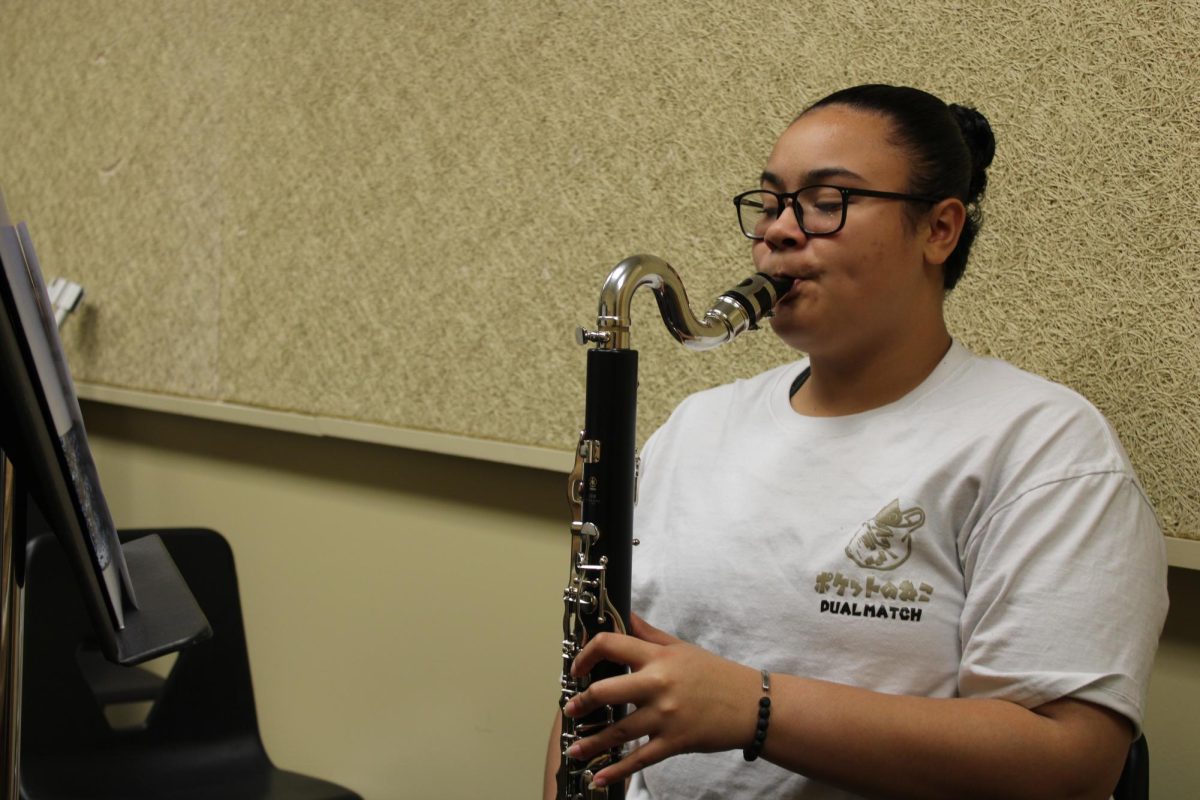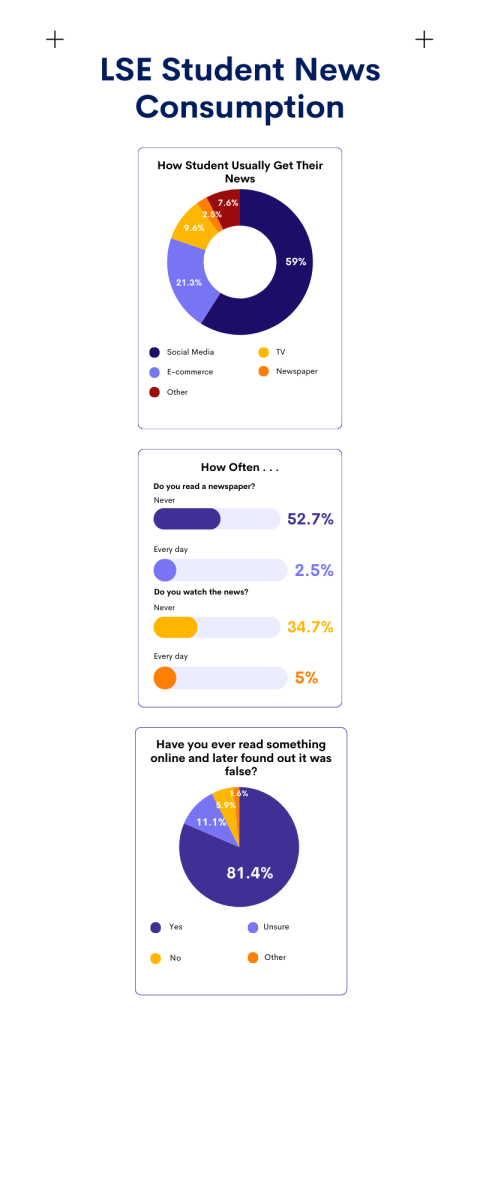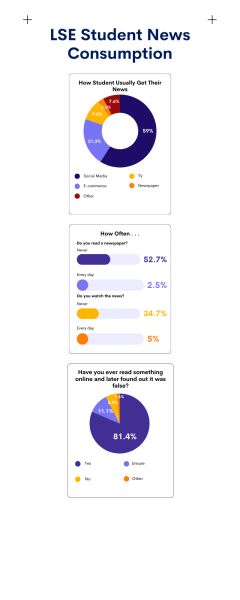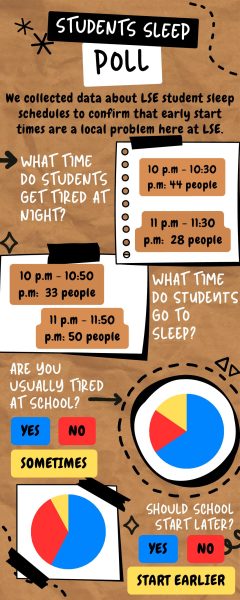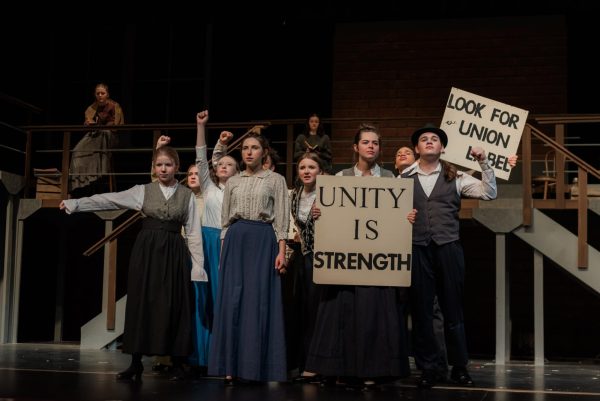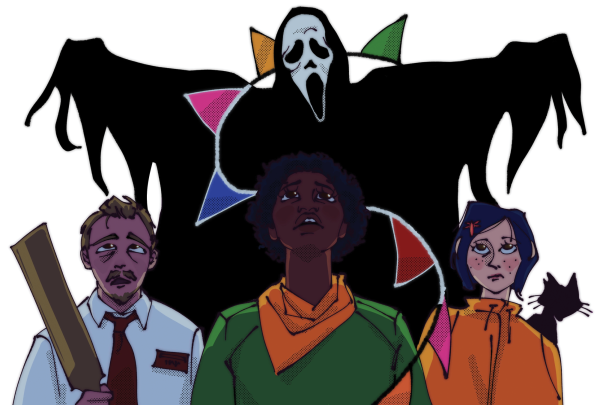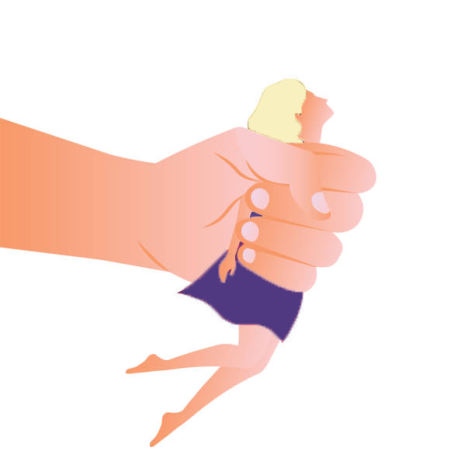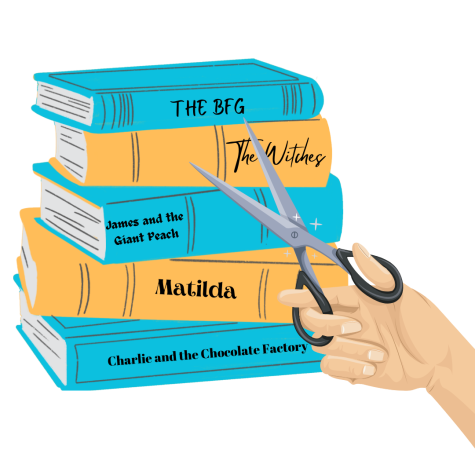Opinion: The Unloved Child of Art — Stylized art and the prejudice against it
May 15, 2020807 Views
As a young girl, I had always enjoyed drawing things based on the cartoons we all have watched as children. Though my style started out somewhat basic and didn’t resemble something that already existed, as I continued to discover more cartoons over the years even into high school, my art style would slowly transform into something cartoony yet original. Even today, my style is changing everyday as I experiment and try to draw things in ways that are hardly ever drawn. However, not everyone is a fan of that.
“All you do is mess around in your sketchbooks,” is what they told me. This person, who should have been the last person to say such a thing, was referring to my stylized artwork. They decided to put me down for my work, all because I hardly create realistic art. To hear this comment was quite upsetting, and made me wish that my sort of style of art was more accepted.
Realism, Impressionism, Romanticism among other natural and beloved fine art styles that have been commonly seen within the past hundreds of years, are very popular among people. From Leonardo da Vinci to Vincent Van Gogh and to Frida Kahlo, just about anyone will praise and look up to famous styles, especially ones that include life-like features. People will also say that anything can be art, whether it be a sculpture made of used Band-Aids or a painting with clashing colors and awkward anatomy, even a basic painting with 3 brushstrokes and nothing else could be seen as artistic. However, for those who create very stylized artwork that resemble cartoon shows or anime, no matter how neat or original it looks, they may receive dirty stares from their teachers and or a lack of praise for their skills, and unfortunately, this isn’t a rare occurrence.
Many students are capable of creating realistic artwork. Even those who rarely create art may be able to recreate a person to near perfection on the canvas of their choice. As beautiful and amazing as these pieces of art may be, realistic art is often the kind to easily catch the eye of teachers and students alike, which draws encouraging comments to the creator of becoming an artist and suggestions to submit their work in elite contests.
However, for a person like me, who has always been drawing more stylized and cartoon-like art as well as experimenting with other styles, we are often shunned and given less opportunities in art.
I enjoy drawing in many different styles; everything from the geometrically smooth style similar to “The Powerpuff Girls”and “My Life as a Teenage Robot” and the unpredictable curves and lines akin to “The Ren and Stimpy Show.”
As a child I would attempt to copy the exact styles I watched on TV, like “Invader ZIM,” “Futurama,” among many others. Due to my large amount of consumption of the TV screen, I eventually developed my original albeit cartoony art styles, thanks to practicing what I would watch on TV, however, my art hasn’t always garnered much traction. Although I have been only confronted for drawing the way I do very few times, many others have been put down and have had their unique styles be seen as the lowest art form, and unfortunately this sort of sentiment has been around for far more than 100 years.
When modern art, such as Cubism, Dada, Surrealism and other sorts of styles became popular in the late 19th century to early 20th century, they weren’t completely accepted universally, despite the growing popularity. But starting in the 1920s in Germany, modern art was beginning to heavily be looked down upon. Within the next couple of decades, such works were considered disgusting, due to Adolf Hitler’s idea of modern art being anti-German and displaying a lack of “culture” as modern art depicted unrealistic features which resembled “deformities” and lacked the naturalness of traditional art styles. There was even an exhibition called “Die Ausstellung Entartete Kunst”, or the Degenerate Art Exhibition which displayed modern artwork as another form of propaganda to show how “inferior” such art was to Germany’s ideal culture at the time.
Although modern art is more widely praised today and is never absent from art classrooms, the disdain for newer and stylized art has never truly gone away. This is not to say that those who hate such artworks are evil and as extreme as those who looked down on certain art back then, but to mention that certain art forms have always been looked at with contempt and discouraged from creating, especially over more newer qualities, which can be quite judgemental and destroys the subjectivity of art.
Today, many modern artworks are more widely accepted, no matter if it’s one circle on a canvas or a solid-colored painting with several splats on it, yet some art styles are still said to be unworthy of the title of “art.” I am lucky to have had art teachers who did not shun me or were not overly critical of my artwork for having a cartoony style. However, this is something that many art students have hardly got to experience with the ones who were supposed to be encouraging and accepting of their art, or at least give proper critiques.
College art professors are notorious for their disgust of anime art, and there are several videos on YouTube about artists’ experiences with extremely critical art professors who would disapprove of their anime art. However, in the youtube video “Why Your Art Teacher Hates your Anime Art” by Mattias Pilhede, he explains the reasoning about why artwork in the anime style is looked down by teachers. He also talks about “The Fundamentals of Art” which are not strict guidelines of art, but rather the basics that one must understand for art. “It takes being able to understand things like perspective, rendering, color theory, etc, and what does all of these things have in common? […] a basis of reality.” He goes on to explain how many artists, even those who draw stylized art have practiced drawing realistic art in order to better their style through exaggeration or simplification. “All good stylization is based on a good understanding of what it is trying to emulate” It’s true that anime isn’t the best type of art to be turned in for assignments, due to the styles obviously being based off of existing anime and manga series, which makes it difficult for anime art to be considered unique, not to mention the proportions of large eyes, exaggerated emotions and poses, and for being considered too easy, compared to realistic art. However, sometimes professors can also go beyond making a critique, and instead of offering constructive criticism or advice, they sometimes straight up insult their students for their artwork appearing as anime, even destroying the work, which are destructive ways of giving input on one’s art.
Although I haven’t had my work extremely criticized nor explicitly pushed aside, I have felt as though I have less opportunities in the art field. My work has occasionally drawn blank stares and observed with a face devoid of much emotion, while other works with more realistic features were looked at much longer, which stirred up conversations and amazement from the viewers. I have also felt less motivated to enter contests or art scholarships because of the potential preference for realistic art, which I feel I have very little chance of winning or even being considered as an entry.
I, along with other artists that make stylized art, are not completely incapable of creating realistic art, but for me, it’s not my preferred style as it’s not as fun for me and can be frustrating to work with if I’m asked to recreate life on paper all the time. One may say that I should just focus on drawing realistically if I want more opportunities in my own art, but if someone can do well in something even if it’s not as popular as another subject, they should be seen for what they already create instead of being forced to conform to something they may not enjoy or do as well. Drawing realistic art certainly helps give me a better idea of how anatomy works, it’s not something I want to be forced to constantly create.
Another thing that is bothersome is that my art has been labeled as “anime,” and although my art is inspired by that style, I would not call it that, but this mindset label on my art likely has led others to be driven away from my work and others’ with similar styles. Even the one person who should be encouraging me has contributed to my unconfidence yet strong desire to diminish the overshadowing, as well as rejection of stylized art, whether it’s lowbrow surrealism, cartoony or just a little anime. I believe that all artists should have their own styles to be known for even if it’s cartoony, rather than collectively sticking to more realistic styles.
Truthfully, all art forms can be beautiful, and this is not to say that realistic art is overrated or boring and therefore should be pushed aside in favor of stylized artwork, but if one can devote interest in realistic artwork for so long as well as be accepting of very simple yet expensive works, they ought to embrace non-realistic art as well, as art is in an infinite amount of forms and can be birthed from the same kind of art utensils like pencils, paint, clay, and much more. Original artwork, no matter if it looks like a Renaissance painting, a cartoon show, or even just random shapes and patterns, come from the same tree as does football, swimming, and skateboarding for sports, so when you see a piece of work with bold lines, dramatic features, solid colors, or any other stylized details, try to see the best qualities of it and embrace what you like before walking away.




